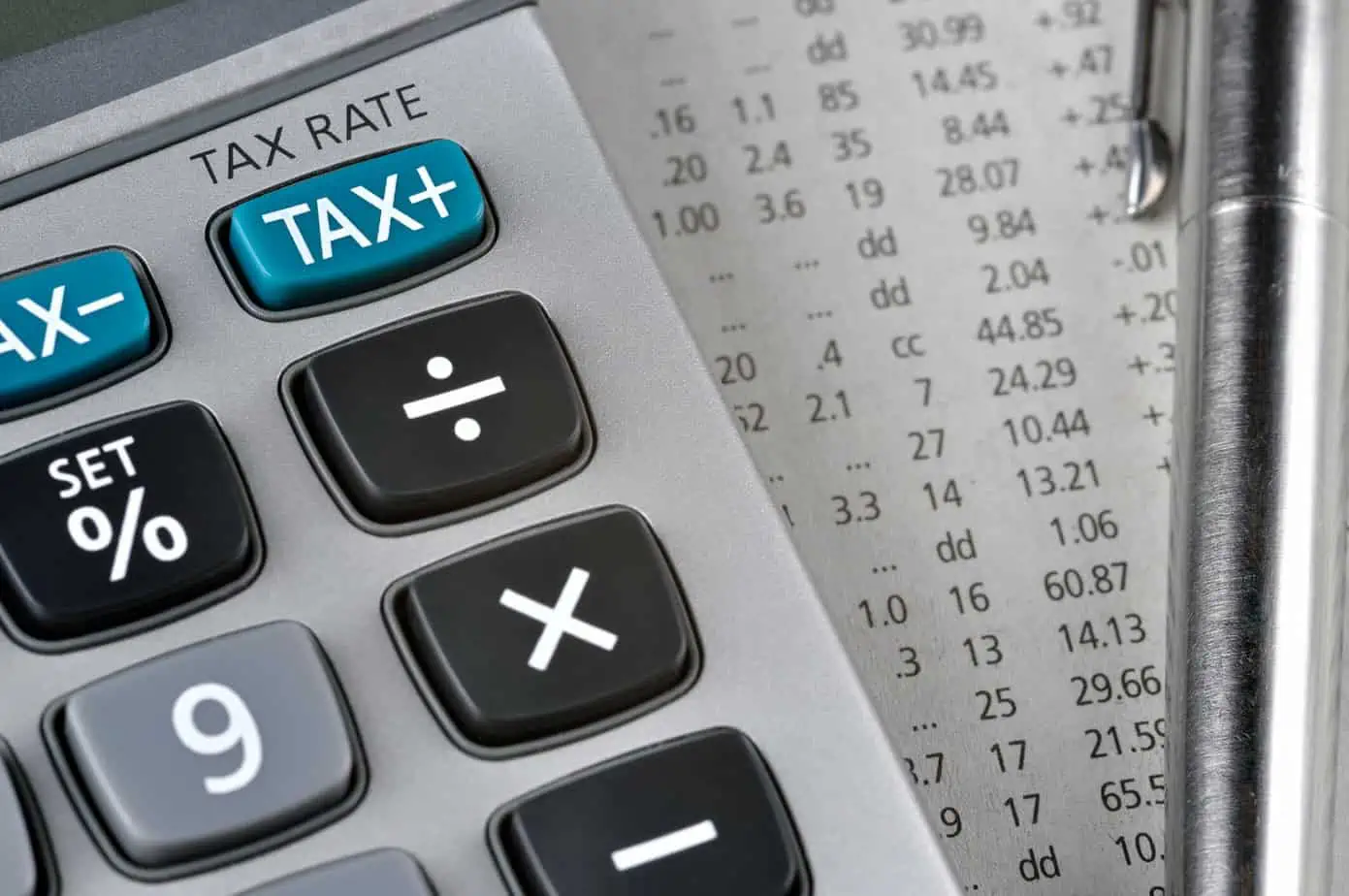Right now is a great opportunity to build a good understanding of how payment processing works. New business activity has been ramping up over the past few years while simultaneously, consumer behavior has shifted to digital environments. More customers with smartphones and tablets prefer to continue using those devices for all types of activities, including shopping and payments. So, whether you’re starting your business, thinking of selling payment processing services, handling the finances and everything associated with payments and transactions, or you desire to consult in the industry, there are many granularities of payment processing that you will need to grasp.
One key area in a payment lifecycle is the transaction description. Below we explore what is a transaction descriptor, the different types of transaction descriptions that can be used, and best practices merchants can follow in creating an ideal transaction description.
What is a Transaction Descriptor?
A Transaction Descriptor describes the nature of the transaction, which will appear on the cardholder’s monthly card statement. The transaction descriptor is an opportunity for the merchant to include more details in the labeling of the transactions to clarify the nature of the expense.
A good transaction descriptor leaves no ambiguity regarding what is the charge that appears on a credit card statement. The company’s name from which the charge is generated is clear, as is the contact information and the details of what was purchased. Seeing a good transaction descriptor will allow a cardholder to easily recall a payment made, even if it was done at the beginning of a billing cycle.
Types of Descriptors
There are two types of transaction descriptors that merchants can use to give additional details of the purchases that appear on a customer’s card statement.
Static Descriptors – this is a standard fixed description of the payments charged by a merchant. These descriptors are best for transactions that are fixed in nature as they don’t change with each purchase being made. Prime examples of businesses for which static descriptors would be ideal are subscription payments. Static descriptors comprise of two main sections, the business name, and a phone number. The business name can be anywhere between five and 22 characters long, including spaces and asterisk used in the descriptor. The phone number on a static transaction descriptor needs to be less than 11 characters long.
Dynamic Descriptors – also called soft descriptors – provide the exact explanation of the specific product involved in the transaction. Dynamic transaction descriptors include additional purchase details and are ideal for businesses that sell many different products or services. An example of a company that uses dynamic descriptors is a merchant that charges customers installment payments of a specific duration. The details of the dynamic descriptor may show which number of payment this particular installment was of an entire series. For example, payment 19 of 30.
Best practices for transaction descriptors
Simply having a transaction descriptor does not guarantee that the charges appearing on a card statement will be instantly recognizable. However, there are ways to ensure that your transaction descriptor isn’t so non-descript that the consumer immediately moves to a chargeback, the process of consumers disputing charges on their card statements. Below are some best practices of what to include in a transaction descriptor.
Business Name – This is one of the best ways to help customers jog their memories regarding a purchase. The best practice for the name is to use the one that the merchant does business with. That name may be a trading name and not necessarily the name of the legal entity. However, it is the one the customer recognizes as doing business with.
Contact information – Having a number in your transaction descriptors is vital to clarifying any customer’s confusion. When the customer sees a charge from your business and can’t recall it, they call that number. Another great practice is to add an email address and a phone number as an additional means to contact you.
The merchant should make it easy to contact them to sort the matter out, rather than the customer’s bank to process a chargeback.
Website – This is another excellent example of what can be included in a transaction descriptor. There are numerous legitimate scenarios that can lead to confusion and result in a chargeback. If a consumer has shared their card with a spouse or family member who made a purchase unbeknownst to them, you’d want to provide as much as you can for the consumer to look into the matter before disputing it. Maybe the website you include is the link to the specific product that the customer purchased, a perfect example of a dynamic transaction descriptor.
Today, getting payment processing right is vital to the establishment and survival of a business. New businesses are starting at an accelerated pace, and they increasingly must adjust to a consumer that demand touchless transactions with the latest mode of payment of their choosing. Such consumer behavior is not a one-off phenomenon but a continuous trend that has accelerated over the last couple of years. As consumers’ comfort grows with their smart devices, this will continue to expand, and consumers will continue to adopt ever newer uses for their devices, including for payments.
As a result of these trends, the onus is on businesses to master payment details, including having a good transaction descriptor to properly show what payments are being processed so that there is no ambiguity concerning the charges that show up on customers’ card statements. As a result, it is essential to understand what a transaction descriptor is, what it is made up of, the two main types of descriptor that can be used, and the best practices for creating it.

